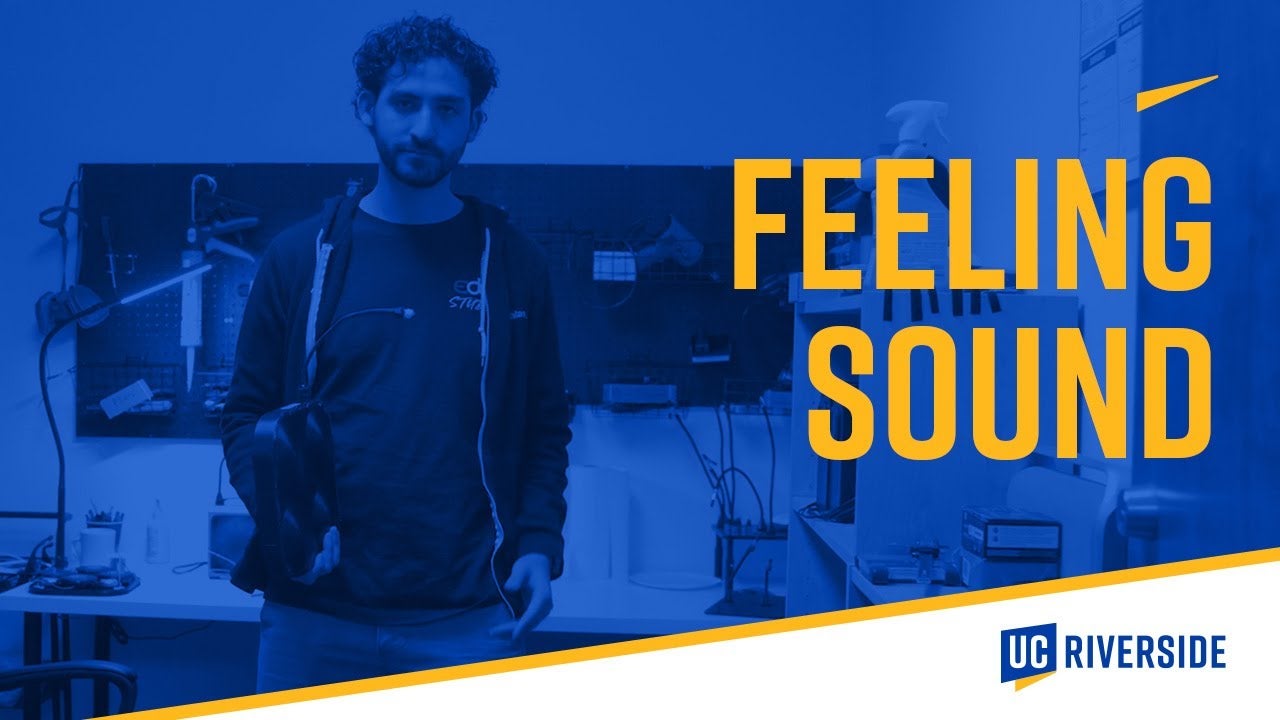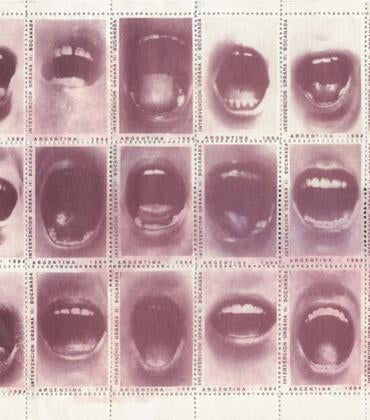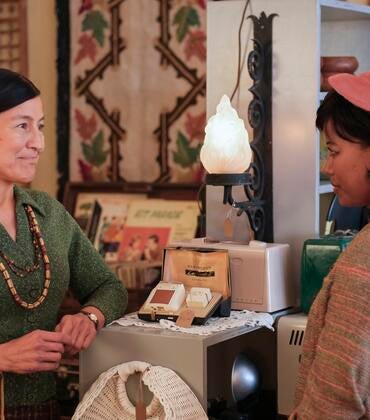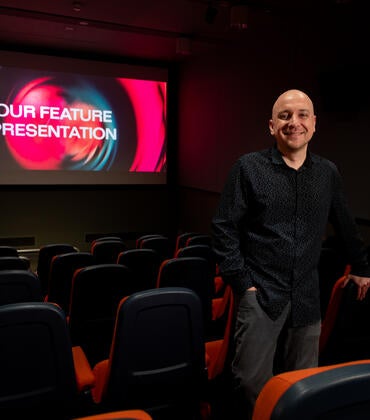The National Basketball Association, or NBA, has selected a startup company co-founded by a UC Riverside student and an alumnus for its NBA Launchpad initiative.
EDGE Sound Research is one of seven companies from across the globe selected for the initiative, which is designed to pilot emerging technologies that can innovate the NBA ecosystem. For the next six months, EDGE Sound Research will work with several NBA teams and also pilot the company’s latest creation, ResonX™, in the 2K League, which is the NBA’s esports league. ResonX™ is a piece of technology that turns any sound into high-fidelity vibrations, allowing fans to hear and feel the game.
“This collaboration grants us access to NBA teams and their partners, while also enabling us to work closely with NBA staff, which expedites our learning of how to effectively scale ResonX™ within the live entertainment industry,” said UCR alumnus Valtteri Salomaki, 26, EDGE Sound Research co-founder of and chief executive officer. “Over the next six months, our team will focus on collecting user feedback from live NBA games and NBA 2K Esports matches to refine and perfect our Pro Venue ResonX™ system.”
ResonX™ is what Salomaki, ’20, and doctoral student Ethan Castro, EDGE Sound Research co-founder and chief technology officer, have dubbed “embodied audio,” technology that provides the user a full body auditory and physical connection to the game.
It’s a similar concept they first tested in Spring 2022 at the Minnesota Twins’ Target Field. EDGE Sound Research was then selected to participate in the Minnesota Twins Accelerator by TechStars, the company’s first live environment application. Minnesota Twins fans got to sit in the ResonX Sound Lounge, a designated area in the stadium that gave people a new way to literally experience baseball, including hearing and feeling the crisp sound of a baseball bat connecting with the ball.
This need to connect with sound grew from Castro’s personal experience. He was born with a hearing deficiency, and as he grew older, he fell in love with music. At one point he became a DJ and recalls laying on the floor, close to subwoofer speakers, to feel the sound travel through his body. It was his truest way to connect with music.
The desire to help others like him find this connection fed his inventor and entrepreneurial skills.
“My disability became my superpower,” said Castro, 29, who is finishing up his Ph.D. with UCR’s Department of Music.
Castro’s research focuses on how vibrations interact with the body. Early on, the premise of his research focused on how to share his own hearing experience. But in the past three years as he’s learned to blend music, sounds, and technology, he has broadened the use of ResonX™. Now this converter board that picks up low, medium, and high frequencies, can also connect fans with the game they love.
Finding professors such as Paulo C. Chagas, professor of music, and receiving technical and financial support from groups such as UCR's Office of Technology Partnerships, has been crucial, Castro said. Most recently he worked with Bradley Butterworth, an associate professor who helped him decipher how sound could travel in the Minnesota Twins stadium. Butterworth is also an audio engineer and interim director of UCR’s Experimental Acoustics Research Studio, or EARS, where EDGE Sound Research was born.
When Castro and Salomaki met at UCR, they understood the importance of working together and using each other’s experience to grow EDGE Sound Research, ResonX™, and in turn, contribute to the Inland Empire's growth, Salomaki said.
In order to create ResonX™, the co-founders are working with a team of engineers, all either current UCR students or recent alumni. All components of the ResonX™ are created or modified in-house, Castro said. The engineers’ goal is to create and influence all systems to capture sound and give it back to the person with near zero loss, he said.
“We’ve had to learn how to create what we need. This is new technology, so we know what works and what doesn’t,” Castro said. “What came from my own disability, is now available for everyone to experience. The requisition here is how we interact with sound… how we take frequencies we feel all around us, that envelope us. It’s the sensation of being there without being there by engaging all the senses. It’s incredible.”




